The method of making ice hand coffee the step parameters of water injection in the proportion of ice hand water powder to coffee grinding
In front of the street, there was a way for ice hands to make coffee in the front street. I don't know if everyone finds it difficult or not. If you find it difficult (tedious), this time Qianjie shares a super simple ice hand flushing method, which is the ice flushing version of "one throw".
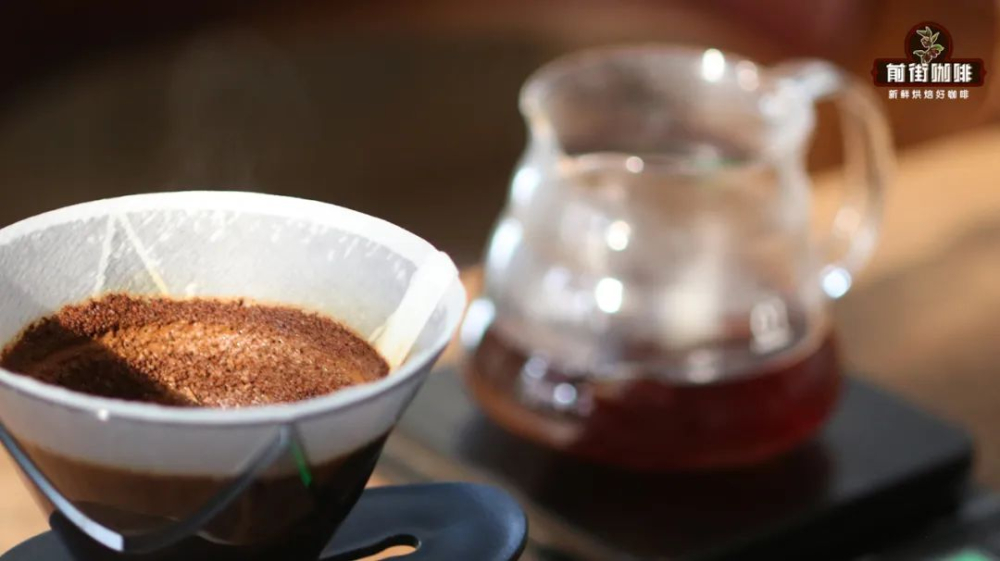
If you have friends who don't know what "one throw" is, you can click here to see the details of this method introduced before Qianjie. To sum up, the one-throw type is to fill up all the water at once, and there is no steaming stage. You can first enjoy the video of Mr. Miyazhe's one-shot ice hand rush.
Qianjie believes that this method is very suitable for home cooking. The first utensils used in the video are Hario's Smart G hand mill, PCT resin olecranon hand flushing pot and Mugen infinite cross star filter cup. Therefore, there is no equipment crushing situation, and it is also very friendly for beginners to directly imitate. Here is a brief introduction to the cooking process of Miyazhe. For the first time, the coffee bean uses 20 grams, and the grinding degree is fine grinding (through the comparison of the actual cooking in the front street, it is about 7 scales of EK-43s, and the scale of the ice flushing hand in the front street is between 9 and 9.5), the water temperature is 93 degrees Celsius, the amount of water injected is 150ml, and the ice cube is 80g.
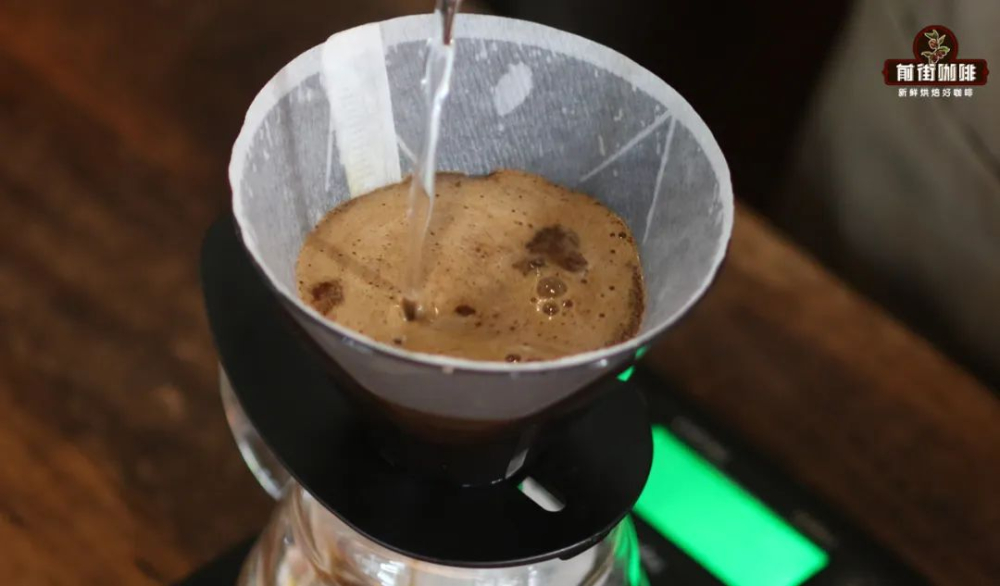
The operation is also very simple. After pouring the coffee powder, the large water flows directly around the small circle to inject 150 milliliters of water, and the water injection time is about 10 seconds. Then stir 10 times in one direction with a spoon. After all the coffee liquid has flowed into the pot, you can remove the filter cup and shake the sharing pot to speed up the cooling of the coffee liquid. Basically, after 80 grams of ice is completely dissolved, the coffee will be cooled and ready to drink.
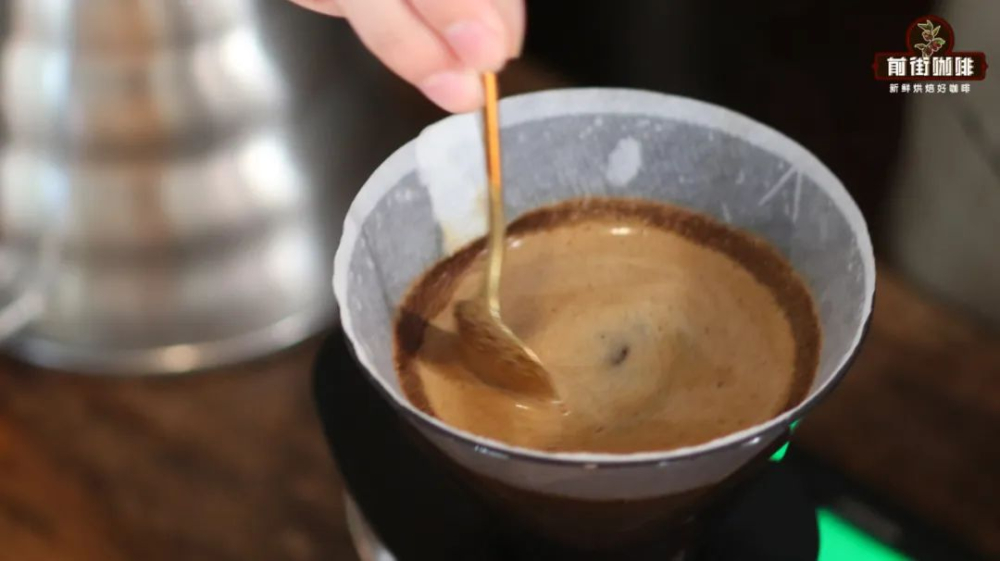
Qianjie used several kinds of lightly roasted coffee beans for flushing test, and the flavor results were good. The acid is more transparent, refreshing and comfortable.
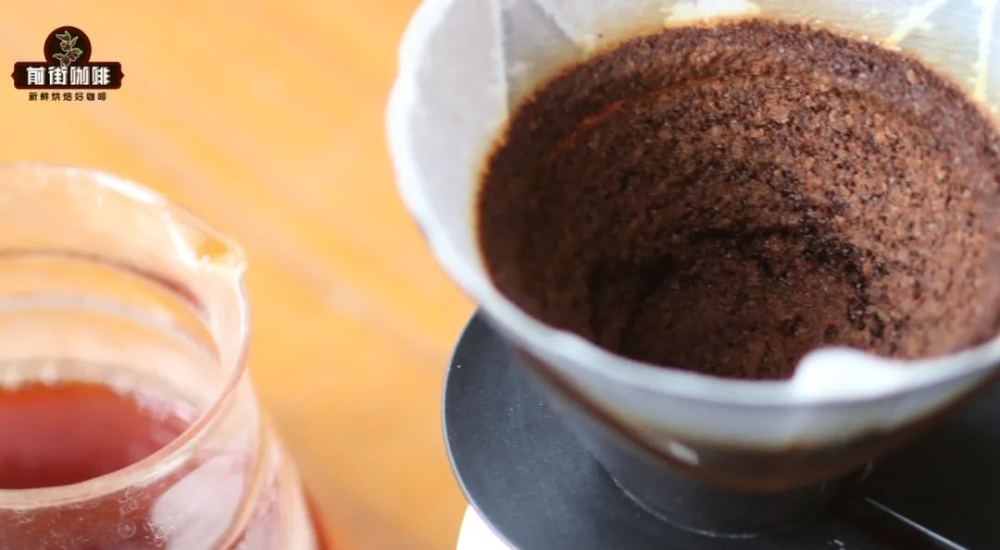
Whether this method or the method used in front street stores, the logic behind it is the same. It is to extract the high concentration coffee with reasonable extraction rate through the combination of various parameters, and then cool and dilute it through ice cubes. Next, let's talk about some precautions for this kind of brewing in front of the street. First, the use of one-throw brewing is actually a process of immersion and extraction, so let the coffee liquid come into contact with water for a long time as far as possible. So choose a slow filter cup and fine-tune the coffee powder to achieve this effect. The choice of filter cup is not necessarily infinite filter cup, such as fan-shaped filter cup, which is characterized by immersion extraction can be used. Second, the grinding quality is relatively less stringent, such as hand grinding is easy to produce more fine powder, which has little negative effect on this method, because the bad flavor of coffee is due to the fact that the fine powder has been soaked for too long. Since the ratio of powder to water is only 1 / 7. 5, it will not be soaked for too long. Generally, the extraction will end in 1 minute and 30 seconds. Of course, the premise is that the degree of grinding does not deviate too far. Qianjie tested, the EK43s scale between 4-7 out of the flavor is good, this grinding degree if the hand touch is rough, if the grinding looks like Italian concentration of fineness, soaking for too long to produce a bitter taste is also a matter of course.
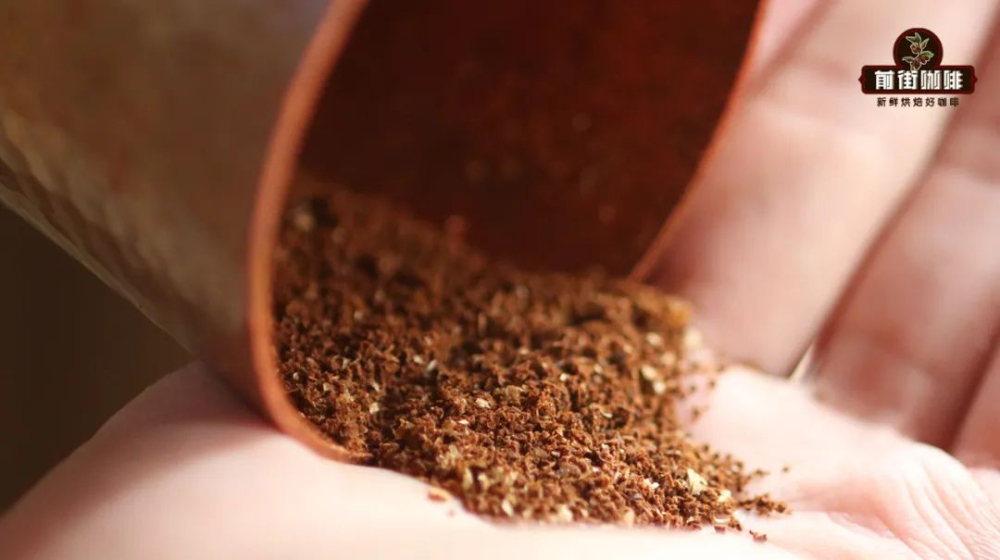
Third, water injection requirements are not stringent, one-throw type for water control requirements is the lowest, for beginners is very friendly. Since there is no steaming stage, which may lead to low extraction rate and uneven extraction, spoon stirring is needed to make up for this defect. Stirring in one direction with a spoon is beneficial to improve the extraction rate and uniformity. This should not be explained too much, such as the normal injection of coffee, that is, the use of water column as a "spoon" to stir the coffee powder layer to improve the extraction rate.
Important Notice :
前街咖啡 FrontStreet Coffee has moved to new addredd:
FrontStreet Coffee Address: 315,Donghua East Road,GuangZhou
Tel:020 38364473
- Prev

What is the cause of stagnant water in the handle powder bowl after the extraction of Italian espresso machine and its solution
A friend with a toy machine asked Qianjie, "recently there was a phenomenon in the extraction of espresso. After extracting the coffee, I took out the coffee handle and found that there was stagnant water on the powder bowl. The pressed powder was not in a complete state. It was wet." Then he said, "at first I thought the coffee powder was too fine, so after adjusting the grinding degree, according to
- Next

What causes coffee cake sticking to brewing head? Will powder cake suction in water separation net affect espresso coffee?
A few days ago, the street shared "the reason for the accumulation of water in the coffee handle", and a friend came to ask "what is the reason why the powder cake sticks to the brewing head after extracting the coffee." So, Front Street is here to talk about why this is happening. - This is the easiest problem to find, and it is also the least influential question.
Related
- Beginners will see the "Coffee pull flower" guide!
- What is the difference between ice blog purified milk and ordinary milk coffee?
- Why is the Philippines the largest producer of crops in Liberia?
- For coffee extraction, should the fine powder be retained?
- How does extracted espresso fill pressed powder? How much strength does it take to press the powder?
- How to make jasmine cold extract coffee? Is the jasmine + latte good?
- Will this little toy really make the coffee taste better? How does Lily Drip affect coffee extraction?
- Will the action of slapping the filter cup also affect coffee extraction?
- What's the difference between powder-to-water ratio and powder-to-liquid ratio?
- What is the Ethiopian local species? What does it have to do with Heirloom native species?

